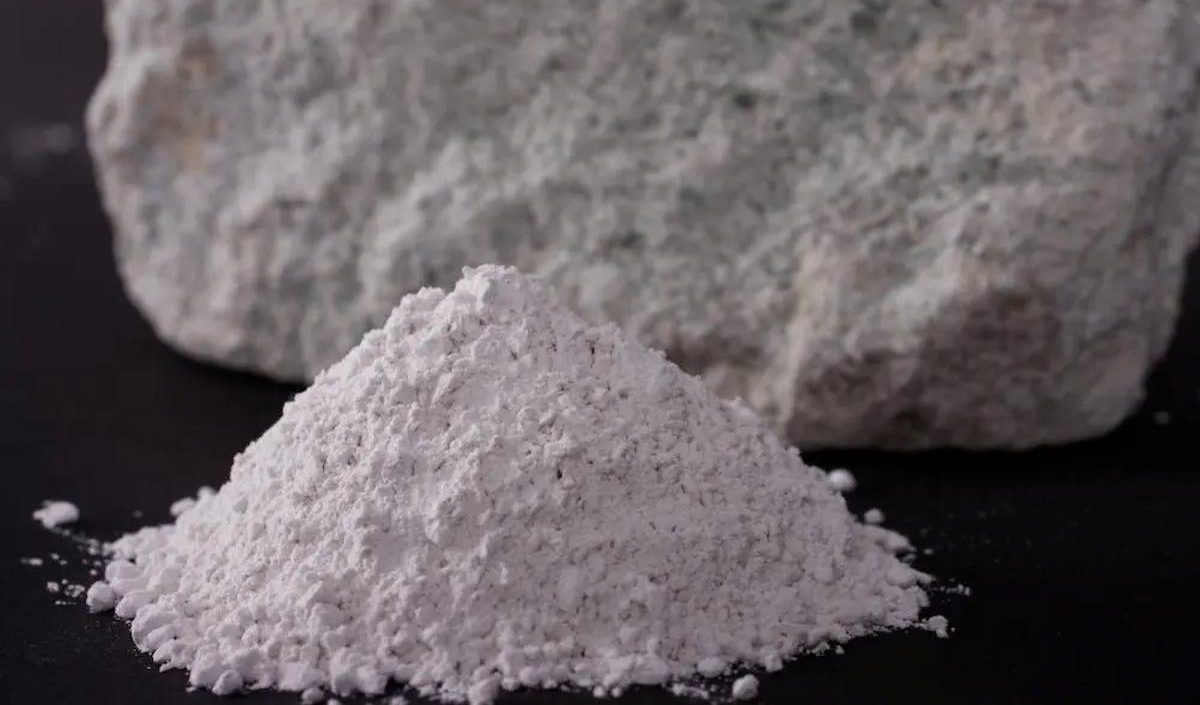construction bentonite clay purchase price + user manual
Before buying Bentonite clay it’s good to know that it is an excellent natural building material where commonly used in construction and home improvement projects due to its many advantages
These include low cost, ease of use, durability, and effectiveness
There are some great advantages to using bentonite clay as a natural alternative to traditional construction materials including concrete, bricks, and cement
In addition, it also has high thermal conductivity and sound-absorbing qualities
Furthermore, it can withstand extreme temperatures and moisture conditions making it ideal for both indoor and outdoor environments
It’s also biodegradable, fireproof, pest resistant, and hypoallergenic
Where To Buy Bentonite Clays There are different types of bentonites available depending upon their uses
These include white, blue, grey, pink, yellow, brown, and red
Each type has varying levels of effectiveness
White and blue are the cheapest options while brown and red have higher costs
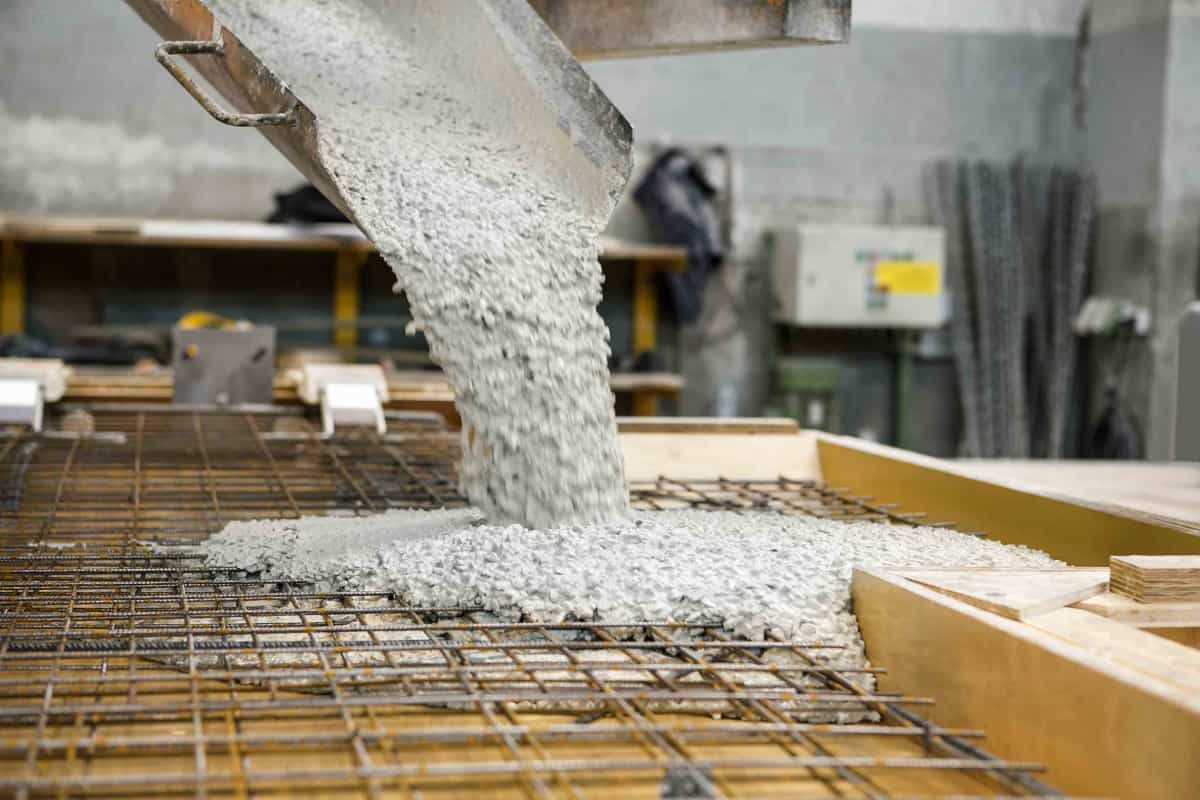
White and Blue Bentonite Clay This is the most common variety of bentonite clay and is often referred to as “household bentonite”
Most people know it as a safe, non-toxic household cleaning product
It has been around since the 19th century and can be purchased at any store that sells soap or detergents
It is considered a non-hazardous waste material and should not be disposed of in regular trash cans
Blue Bentonite Clay This type of bentonite has become popular in recent years for its outstanding qualities
Its name comes from the fact that it was developed in Japan where it is believed to have originated
It is primarily used in the production of ceramic ware
It is also used in the manufacturing industry for various purposes
It is generally inexpensive and easily accessible
Grey, Pink, Yellow, Brown, And Red Bentonite Clay These types are sold under various brand names including “Himalayan”, “Lime Rock”, “Sawdust”, “Powdered Bentonite and Gypsum”, “Celadon Clay”, etc
However, they are all simply forms of bentonite clay
They are all effective and affordable
A fine mineral formed on the surface of nature that demonstrates flexibility when combined with the proper quantity of water is what is often meant by the word “clay
” Following are some of the ways that the notion of clay is approached in several disciplines, including geology, mineralogy, materials engineering, civil engineering, agriculture, and soil science
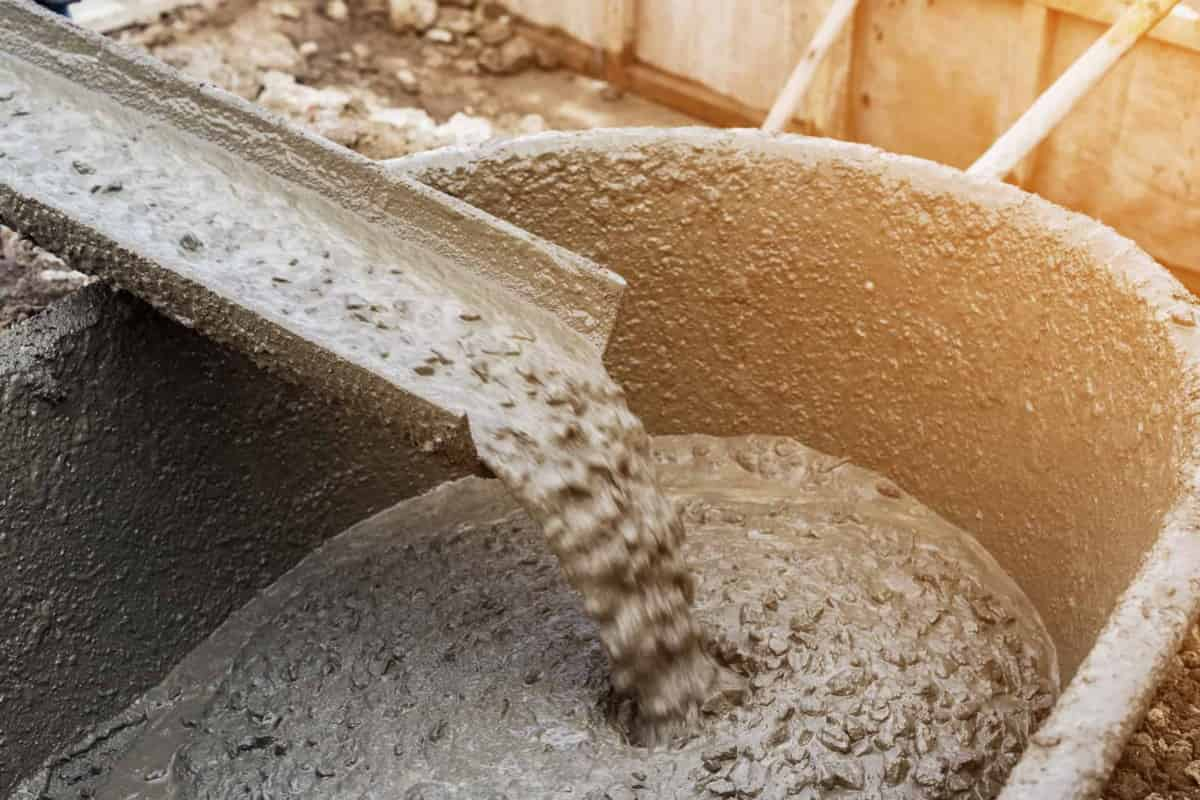
Clay’s particle size, or the proportion of clay that is smaller than 2 microns in size
The idea of clay as a material composed of microcrystalline, hydrous aluminum (rarely magnesium and/or iron) silicates with layered flaky structures
Aggregates clay minerals and non-clay minerals that exhibit clay mineral characteristics
However, in terms of substance, it incorporates all of the ideas outlined above
The notion of clay in the area of applied geology is often congruent with the content stated by Grim (1968)
As a result, there may be some misunderstanding of the language of clay depending on the subject matter of the case and the academic background of the person managing it
Clay’s mineral makeup and current manufacturing status
Only the crust of the earth produces the mineral resource known as clay, which is a form of soil, rock, and ore
The primary ingredients are often secondary-originated clay minerals
Quartz, in addition to these clay minerals, The weathering of the parent rock releases a variety of raw minerals, including mica, feldspar, and other minerals that naturally occur in clay
The mineral phase and amount of the clay minerals that make up clay, in general, control all of its physical qualities
Because of this, knowledge of clay minerals may be used to fully comprehend the makeup and characteristics of clay
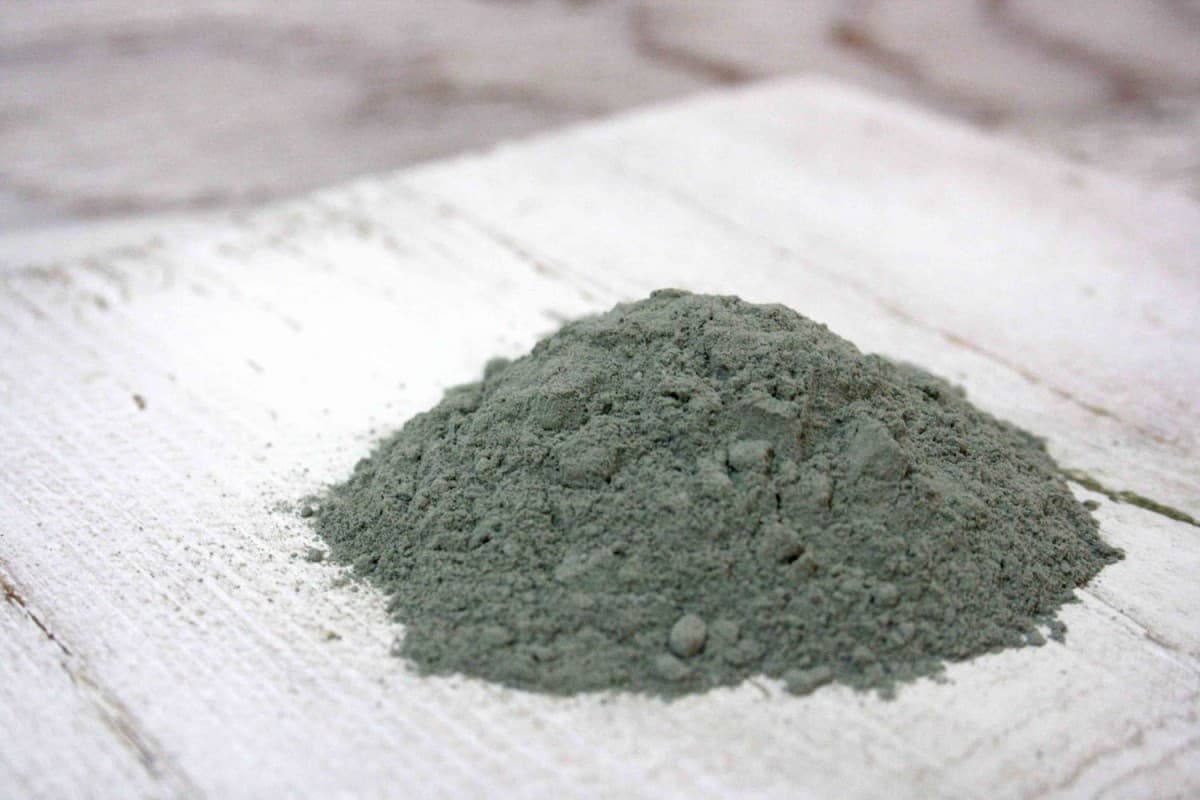
Almost all kinds of rocks create secondary metamorphic minerals called clay minerals
It is created by weathering, hydrothermal metamorphism, accelerated low-temperature metamorphism, and weathering in close proximity to the surface
Clay rock types include boulder clay, varved clays, mudstone, shale, and argillite
underneath lies, etc
Clay minerals found in ore include kaolin, bentonite, pyrophyllite, talc, porcelain, wood cutting clay, and others
Clay minerals’ crystal structures and kinds
The crystal structure and crystallographic characteristics of clay minerals primarily control their physicochemical characteristics
So, it is crucial to comprehend the crystal structure of clay minerals in order to comprehend the physical characteristics of clay
(One)
Clay minerals’ crystal structures Clay minerals have a layered crystal structure and are members of the mineral class of Al-rich hydrous aluminosilicates
Plate-like or leaf-like crystals arise as a result of the peculiarities of the crystal structure, and several distinctive physical and chemical properties are created

Phyllosilicates as structural components (sheet structure)
—> [Si4O10] 4-2)
Si-silica tetrahedral layer (T) and Al-octahedral layer sequentially link to form the layer structure (O)
three)
structural type
Dioctahedral and trioctahedral types: Grouping based on the degree of Al-octahedral site filling
Classification of the tetrahedral and octahedral structural units based on the connection method:
2:1 type (TOT)—-> smectite and illite group 1:1 type (TO)—-> kaolinite group 2:1:1 type group — chlorite
guest molecules and interlayer cations
—> Cations like Ca and Na are interposed as well as the surrounding polar medium, water, to fill up the charge vacancies in the interlayer
Hydrous silicates, which are notably distinctive to the smectite group and exist as interlayer water
It is closely related to the cations in the interlayer
Charge deficit: The frequent replacement of Si4+-Al3+ and Al3+-Mg2+ on tetrahedral and octahedral structures, as well as the charge deficiency in the fundamental structure of phyllosilicates, unavoidably result in a negative charge
Clay Mineral Types and Characteristics
According to the variations in their crystal structures and crystallographic classification, the main clay minerals are grouped as follows

1) Talc & Pyrophyllite Group Pyrophyllite: Al2Si4O10, Talc: Mg3Si4O10(OH)2 (OH)2 Kaolinite group, second Halloysite and Kaolinite are both Al4Si4O10(OH)8 minerals (OH) 8
4H2O
Al4Si8O20, the smectite group (OH)
4
nH2O —> varied basic skeleton composition at octahedral and interlayer sites, It is divided into three different crystal types: montmorillonite, beidellite, and nontronite
Illite group: K2Al4(Al2Si6) O20 from illite (muscovite) (OH)4
Chlorite group: octahedral composition is varied
The amount of Mg and Fe content, for instance, varies significantly (clinochlore, etc
)
4
A Summary of Clay Mineral Properties In regard to their layered structural features, clay minerals exhibit the following special mineral characteristics
(1) Cation exchange: After zeolite, it exhibits the second-highest cation exchange capacity (CEC)
Ion exchange capability is very good in montmorillonite and vermiculite
(2)
Hydration & dehydration properties: The clay mineral (sepiolite-attapulgite) has a significant quantity of water adsorbed on the surface, interlayer, and structural voids, which is quickly dehydrated when heated to between 100 and 150 °C
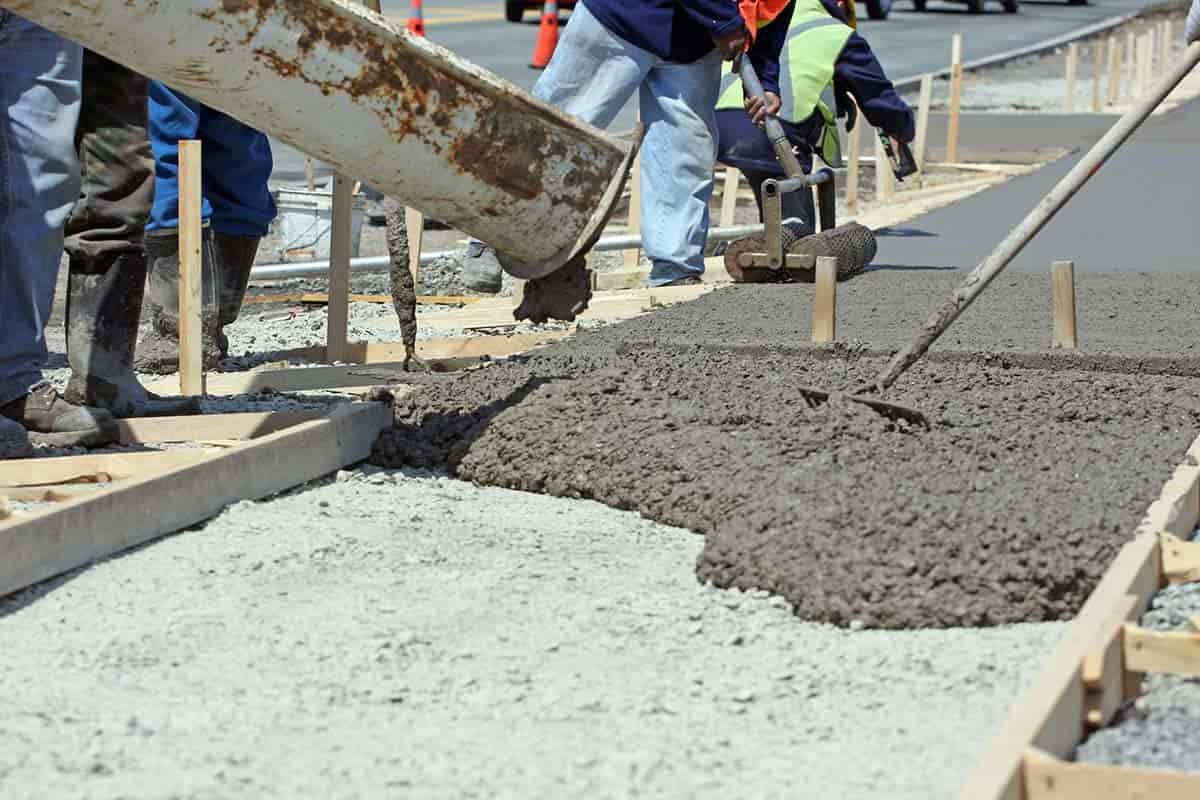
(3) The swelling property, a feature of vermiculite and montmorillonite, causes lattice expansion during the hydration of interlayer waterways
In the end, it aids in the clay’s bulk expansion during hydration
(4)
The ability of organic molecules to adhere to one another between layers
Smectite group Clay minerals’ distinctive qualities
(5) Colloidal characteristics: The majority of clay minerals have minuscule particle sizes of m, which results in colloidal qualities when they are distributed in water —> Atterberg limits (plastic limit, liquid limit, plasticity limit)
(6)
Additional traits: Applied mineralogical characteristics of clay minerals, such as their typical crystalline structure, high surface activity, and whiteness
The size, shape, and hydration of clay mineral particles (1)
Clay minerals’ surface area and shape
Clay minerals’ layered structural properties, which display plate-like, flake-like, and leaf-like geometries, largely control their structure and morphology
It is unusual to locate hexagonal lamella, and instead, the majority of clay minerals, including montmorillonite, crystallize as subhedral lamella or rhomb and lath
is determined The production of fiber-like clay minerals is uncommon in general, but in the case of halloysite, it is known that thin, plate-like crystals often roll into long, needle-like crystals
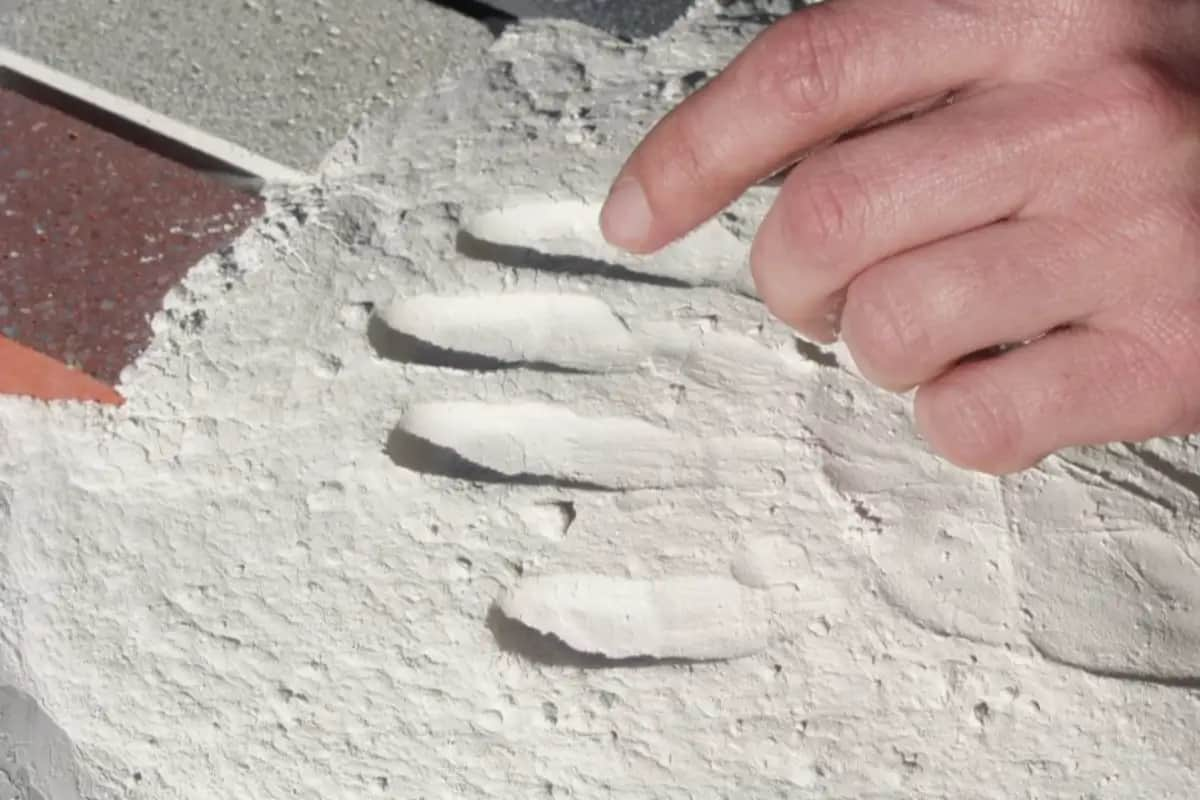
The basic characteristics of clay or clay rocks, which are aggregates of clay minerals, are influenced by the form and shape of clay minerals together with crystal size
This is the main variable affecting the surface area, specifically the characteristics of clay minerals and how they function
The surface area in the same volume grows as the polyhedron grows as much as it can and the crystal plane’s contour takes on an irregular appearance
In a clay material, when the structure of the crystal plane changes to an asymmetrical or curved shape, the relative specific surface area rises
In general, it is known that the surface area of smectite, a disk-shaped clay mineral, is around 755 m2/g, which is more than 300 times bigger than the 2
26 m2/g surface area of glass beads
As a result, the comparatively high value of specific surface area compared to other minerals is primarily responsible for the high surface activity of clay minerals
(2)
Clay mineral particles’ hydration behavior and structure The surface charge, specific surface area, and shape properties of the clay mineral link the thin crystalline face and edge when the clay mineral particles are distributed in water to produce a suspension state
Clay minerals are known to agglomerate via a process called flocculation
A clay mineral with the most amazing hydration capabilities is smectite, which when hydrated causes the interlayer lattice to enlarge
For assessing and understanding different rheological aspects as well as the clay’s dispersibility, swelling property, and viscosity, the hydration properties of the clay minerals generated in this method are crucial
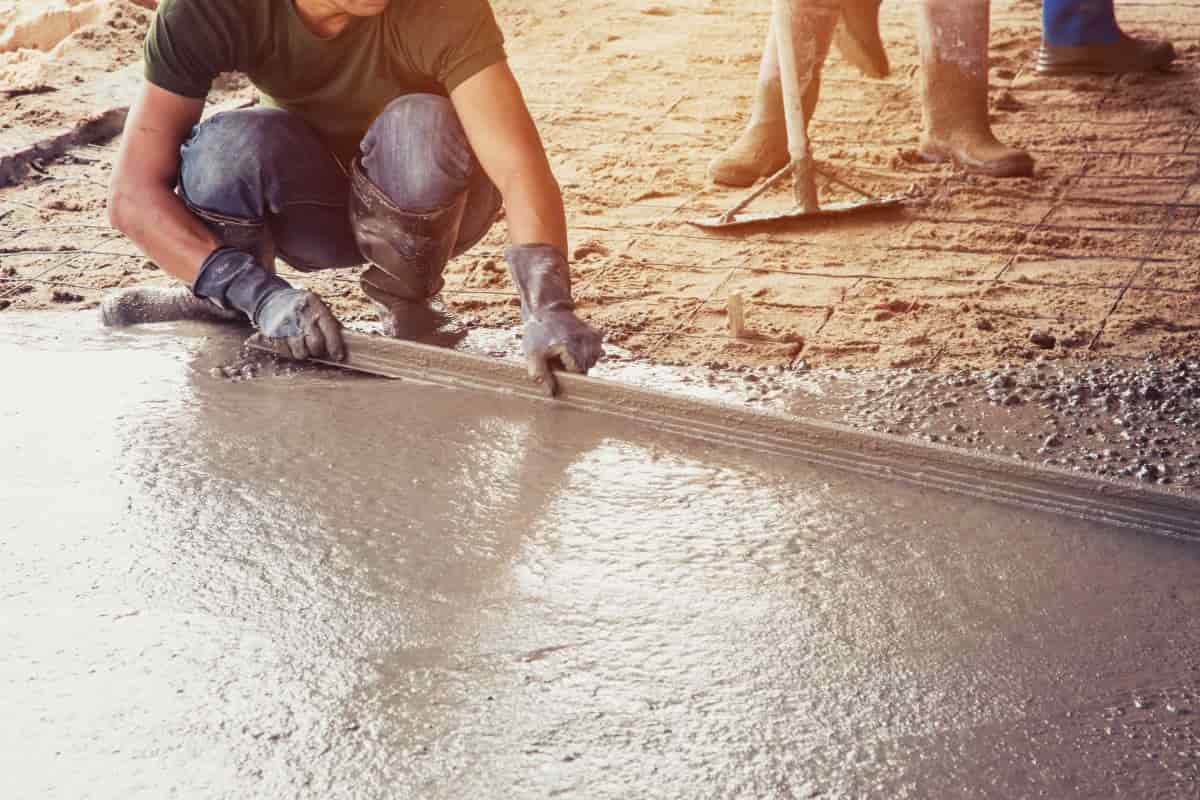
When smectite clay minerals are hydrated, clay particles with the following composition and space type are created
Additionally, it is known that the following three connection mechanisms via “van der Waals force” create the kind of aggregation of clay particles in the hydration process
Clay particle association mechanisms Edge-to-face —> development of massive, interaggregate pores FF association: face-to-face —> creation of tactoid (thicker plates), lower hydration volume, stimulates aggregation EE association: edge-to-edge —> enhance voluminous, suspension * 6
Clay Hydration Patterns and Behaviors Affecting the Clay’s Mechanical and Rheological Properties The applied geology of this clay rock or metamorphic zone is its rheological characteristic
Understanding scientific properties are the most fundamental and crucial thing there is
These are sophisticated ideas that relate to clay or soft ground
In the subject of applied geology, this is an extremely crucial problem
Particularly, montmorillonite is used in almost every field pertaining to the characteristics of clay

It is well recognized to have distinctive traits
All physical characteristics, including particular swelling qualities, viscosity, and thixotropy involved in the hydration of clay minerals are collectively referred to as rheological properties in clay
The amount of the clay minerals that make up the clay, notably smectite, the dispersed particle size and shape, the surface area, the interlayer and the surface charge, and other factors are known to affect these rheological characteristics
For technical treatment or the usage of clay minerals like clay minerals or soil, the rheological qualities of clay minerals are crucial
It is a notion that is often used in operations linked to casting and forming, as well as in the paper industry and the drilling and oil exploration sectors
It is especially crucial in industries where bentonite is used
Unfortunately, applied geological studies taking into account the characteristics of clay are not adequately undertaken or implemented in the field area of applied geology in Korea


